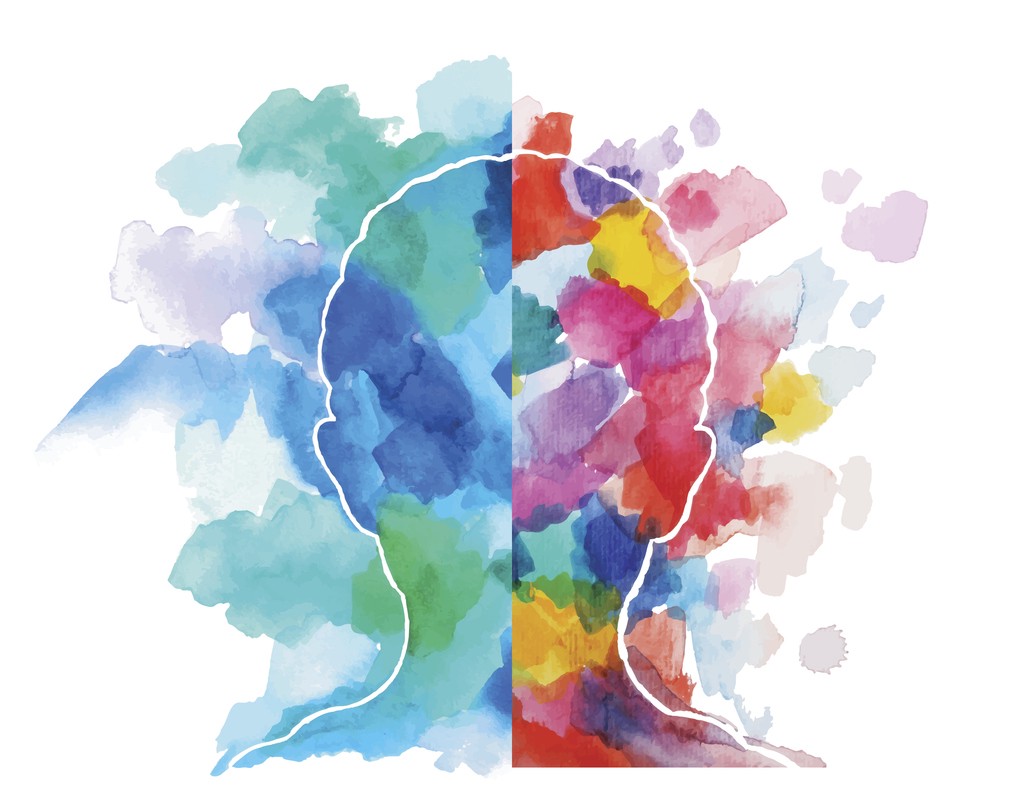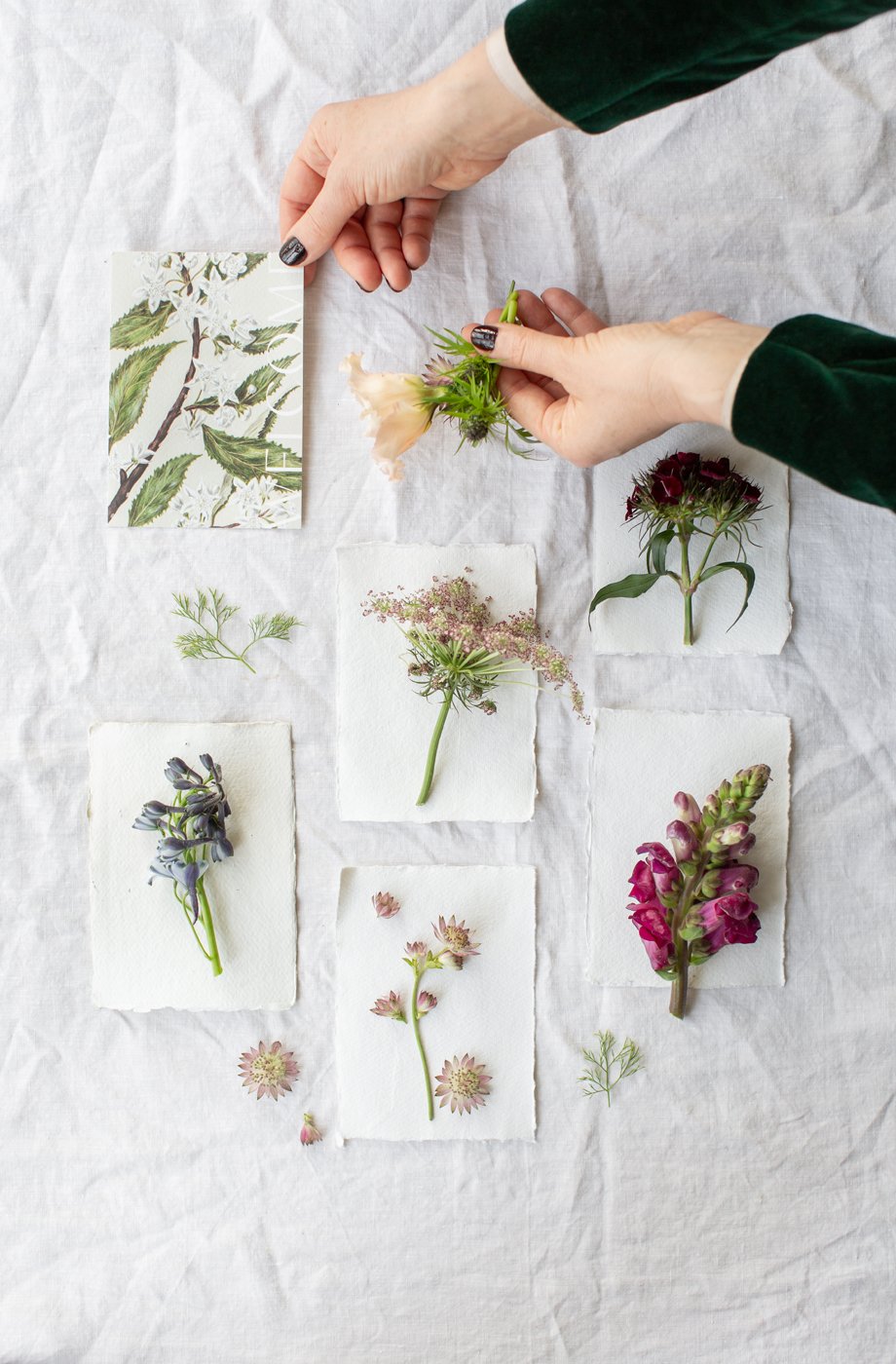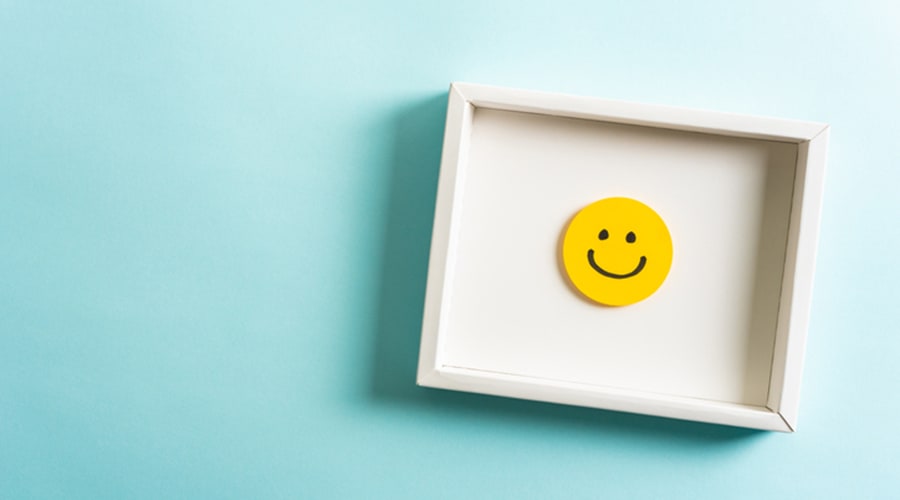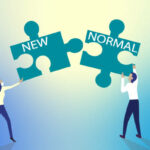Every color creates different emotions and feelings in a person. Colors can make us feel happy or sad, and they can make us feel hungry or relaxed. These reactions are rooted in psychological effects, biological conditioning, and cultural imprinting.
Color psychology is the study of how different colors affect human mood and behavior. It explores how colors can influence emotional responses, as well as how responses to color are affected by factors such as age and cultural background.
Symbolic Color Meanings
Symbolic meanings that are often associated with different colors:
- Red: Passion, excitement, love
- Pink: Soft, reserved, earthy
- Purple: Mysterious, noble, glamorous
- Blue: Wisdom, hope, reason, peace
- Green: Nature, growth, freshness
- Yellow: Hope, joy, danger
- Orange: Warmth, kindness, joy
- White: Truth, indifference
- Black: Noble, mysterious, cold
How warm colors affect a person’s mood
- Colors such as red, orange, and yellow are known as warm colors.
- Heat colors typically evoke feelings of happiness, optimism, and energy.
- Warm colors advance towards the eye, these colors work well to help people feel relaxed and safe in wide spaces.
- Warm colors can be calming. And, as stated above, to give a sense of urgency, such as with red clearance signs, as well as optimism and cheerfulness, advertisers also use warm colors.
How cool colors affect a person’s mood
- Cool colors such as blue, green, and light purple have nearly the opposite effects of warm colors.
- Cool colors receding from the eye may make a room appear wider and more spacious.
- Cool colors, in addition, offer a sense of peace and relaxation.
- By evoking a sense of well-being, tranquility, and wisdom, cool colors also affect people.
- Blue, purple, and green is used in ads to express trustworthiness and reverence, causing people to rely on the ad and get convinced more easily.
Difference between happy and sad colors
- Bright, warm colors such as yellow, orange, pink, and red are happy colors.
- Pastel shades may also have an uplifting effect on your moods, such as peach, light pink, or lilac.
- The brighter and lighter the paint, the more it will make you feel happy and hopeful.
- Another way colors can generate pleasant emotions is for a youthful, vibrant effect by mixing several primary and secondary colors together.
- Sad colors are colors that are dark and subdued.
- Grey is the quintessential sad hue, but depending on how they are used, dark and subdued cool colors like blue, green, or neutral colors like brown or beige may have a similar effect on feelings and emotions.
How neutral colors play a role in enhancing a person’s mood
- Black, white, brown, and beige provide the basic neutrals.
- White is sometimes connected to cleanliness and is pure and innocent.
- Black is sophisticated and stylish but can be sad and reflective of death and mourning as well.
- Gray can be seen as sophisticated and strong, but if used the wrong way, it can also come across as dull.
- Brown is strong and durable, and, depending on the way in which it is used, may be associated with nature.
Cultural Differences
One area where designers need to be particularly careful in their work is in considering cultural differences in color meaning. For example, in most western cultures, white is associated with innocence and black is associated with death and mourning. But in other cultures, particularly China, Japan, Korea, and other Asian countries, white is associated with death and mourning, and even bad luck.
Color can Affect in different ways
- Memory. If there is a lot of red around, you’re more likely to recall negative words. Green, tends to make you hold on to positive ones. That may help you have a happier view of your life and a healthier state of mind.
- Your relationships. We all want the people around us to be happy, and painting the walls of your home pink, green, or white may help you tune into those feelings.
- Your emotions. The color green seems to make positive emotions stronger and negative emotions weaker.
- Creativity. The color green can help get the creative juices flowing.
- Your energy level. You may be happier and less tired after you exercise around the color green.
- Helps to relieve Migraine. You may find you want to avoid light. Different colors, or “wavelengths,” of light blue, amber, and red all seem to make migraines worse. All except green, that is, which actually seems to help.
References
- https://www.webmd.com/balance/ss/slideshow-colors-affect-you
- https://spectrapublications.wixsite.com/spectra/post/how-do-colors-play-a-role-in-enhancing-a-person-s-mood
- Yang J, Shen X. The application of color psychology in community health environment design. J Environ Public Health. 2022;2022:7259595. doi:10.1155/2022/7259595
- https://www.toptal.com/designers/ux/color-psychology










Awesommmmm